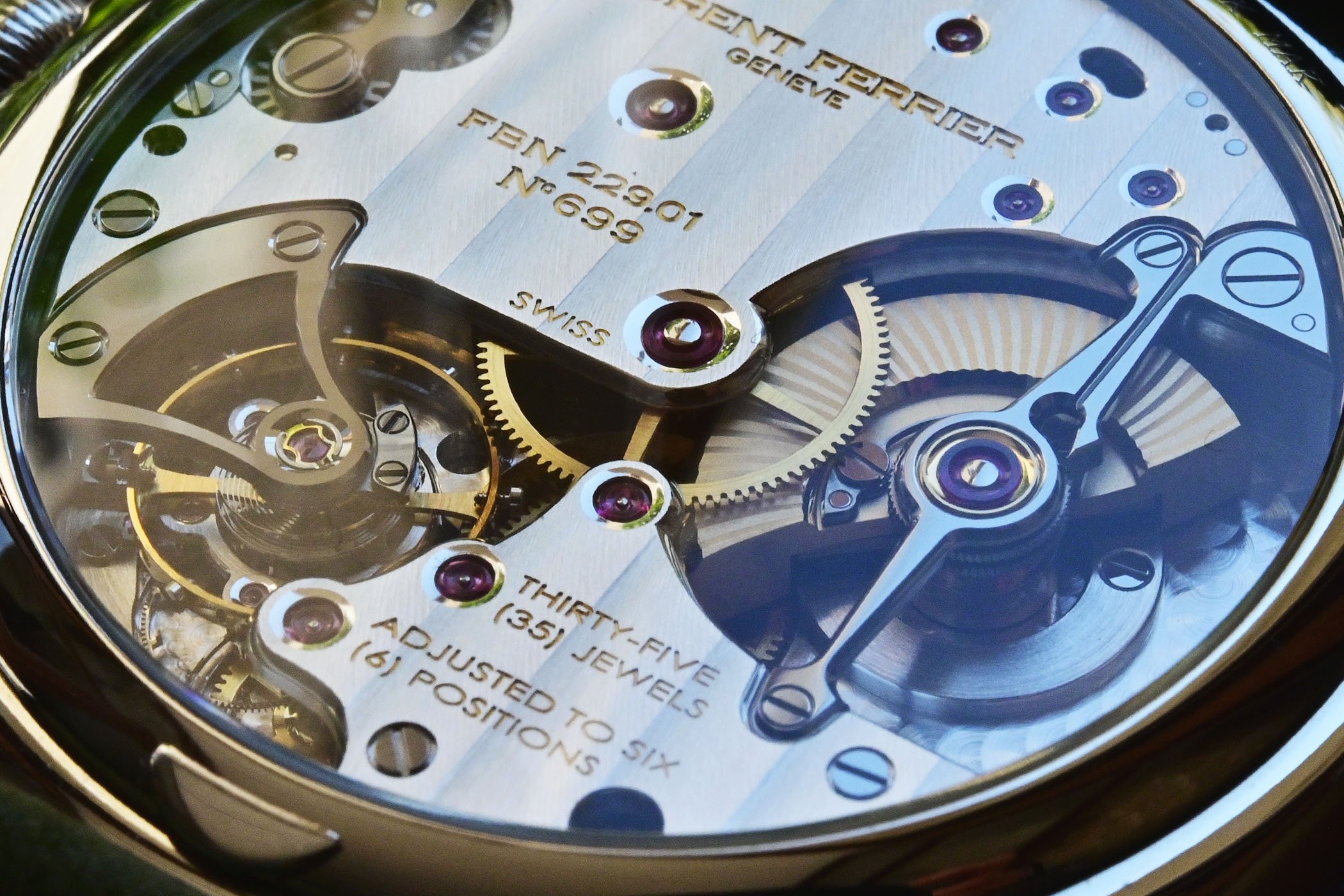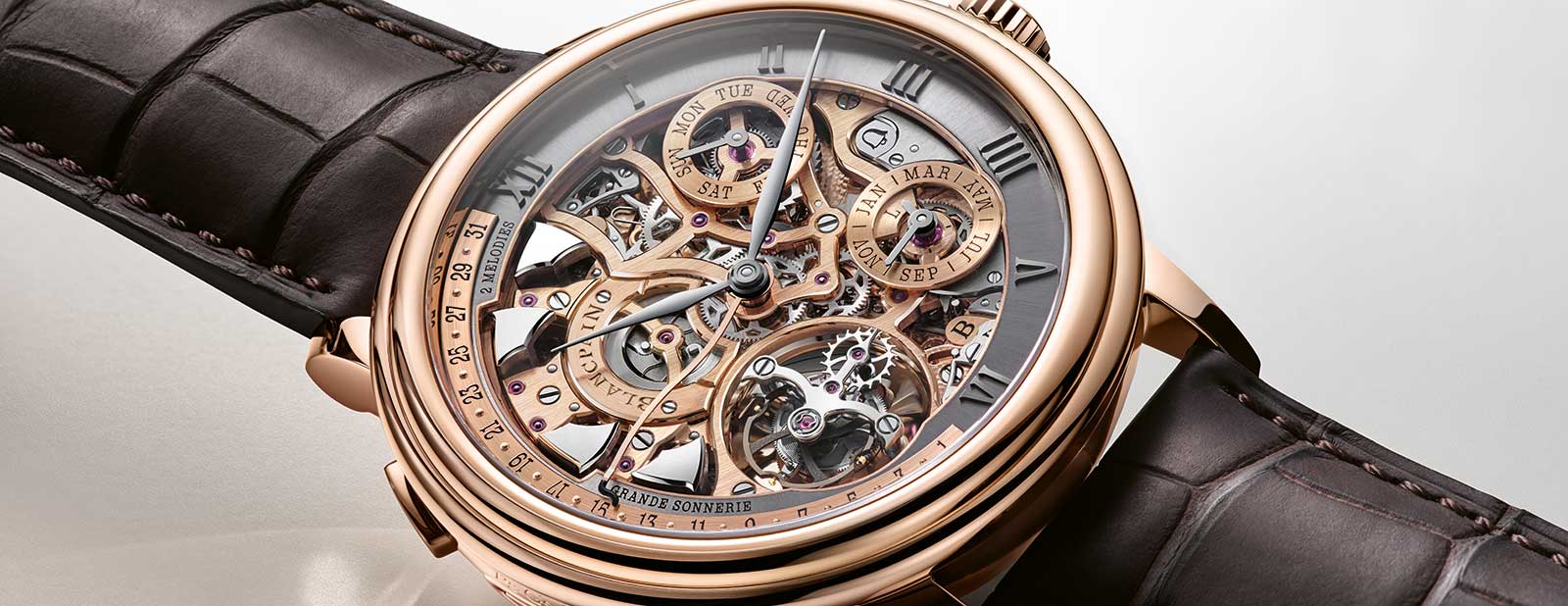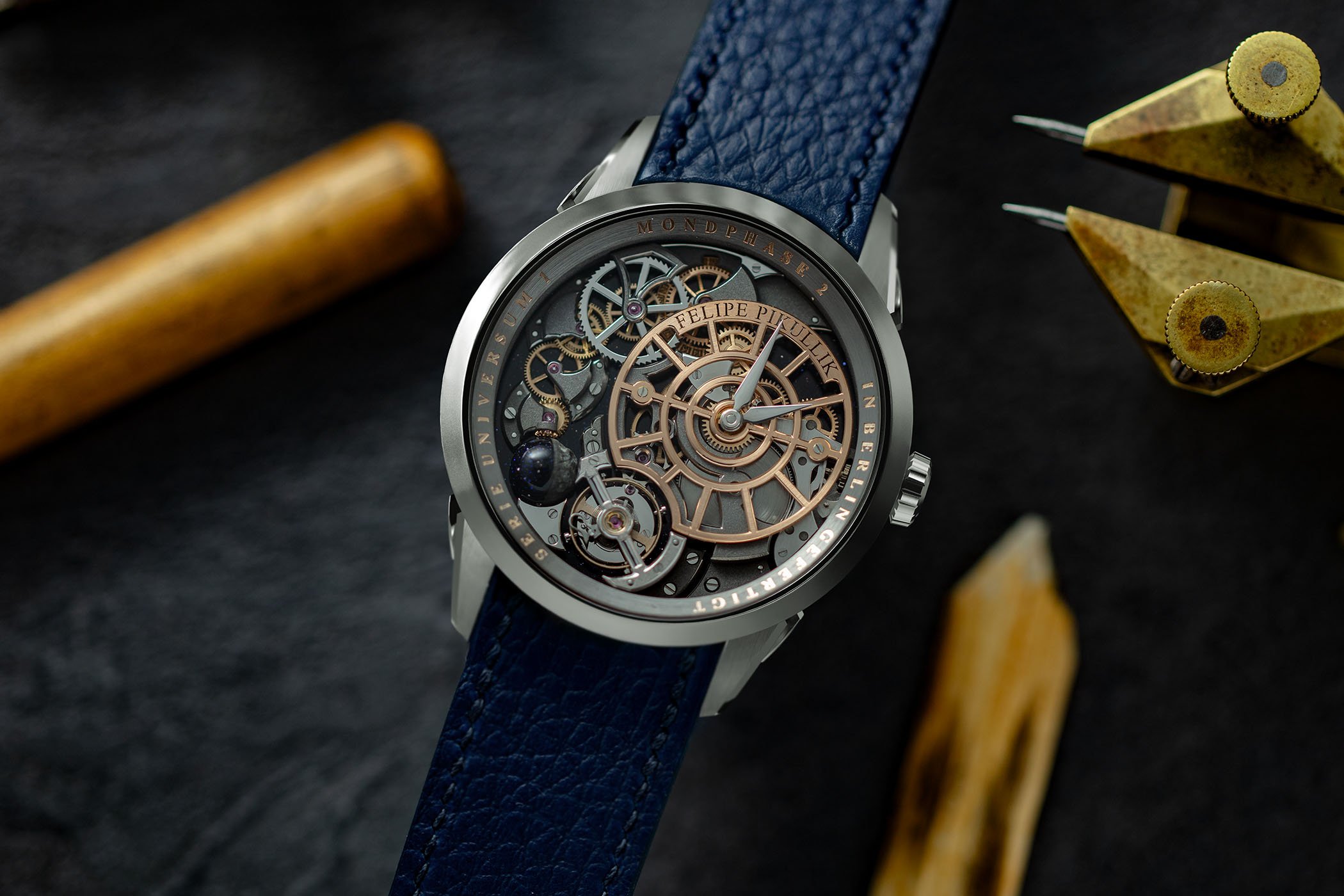The ABCs of Time - How Are Mechanical Watches Wound? A Guide to Automatic and Manual Movements

Mechanical watches operate using two primary types of movements: quartz, powered by batteries, and mechanical, which relies on mainsprings. Mechanical movements are further categorized into hand-wound and automatic, each offering various winding methods. The most common method involves using the crown, typically located at the 3 o’clock position, allowing users to wind the mainspring. Some automatic movements, like Seiko's 7S26, cannot be hand-wound and require movement to wind the mainspring. Key-winding, a method originating from early pocket watches, has largely been replaced by crown systems, though a few independent watchmakers still employ this traditional approach. Automatic watches utilize weighted rotors that wind the mainspring as the wrist moves, a concept that has evolved significantly since its inception in the 18th century. Various designs exist, including micro-rotors, which are compact and integrated within the movement, and peripheral rotors that provide an unobstructed view of the watch's mechanics. The evolution of winding mechanisms reflects centuries of innovation, from the earliest key-wound designs to modern, sophisticated systems, offering watch enthusiasts a diverse selection to suit all preferences and budgets.




